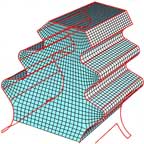Advantages of Combining Trimmed Surfaces
With TrueGrid® you easily combine many trimmed surfaces into one surface by simply identifying them.
TrueGrid® imports models built from hundreds of complex trimmed surfaces.
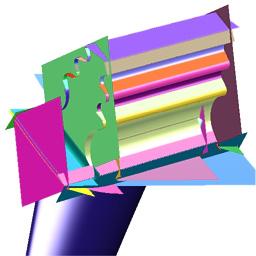 |
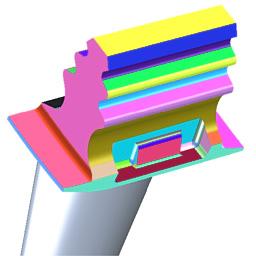 |
| What you see if the mesher does not support trimming |
What you see in TrueGrid® |
TrueGrid® displays a faithful reproduction of the model.
Child Proof Cap with Many Trimmed Surfaces
The helical thread in this cap is considered difficult to model with hex elements. But when a block mesh is projected to the combined surfaces, the problem is easily solved.
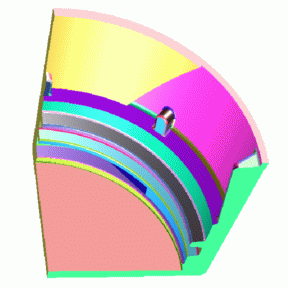
| Filleted areas are commonly decomposed as shown. Just the single tab shown here is composed of 16 surfaces. It is critical to be able to combine such surfaces into one to avoid spending disproportionate amounts of time on small features. | 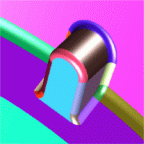 |
Combining Surfaces for Meshing
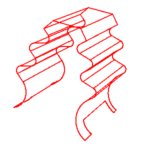 |
The outlines of a composite surface is shown. 23 surfaces were selected with a single mouse operation in TrueGrid®. The surfaces were combined into one surface with one command. | |
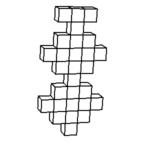 |
Left. A simple block part is constructed as a three-dimensional array of blocks. Three delete operations carve away blocks that will not be used. Right. Blocks are moved into a position which approximates the object. |
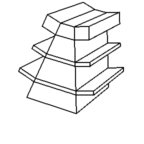 |
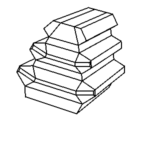 |
The appropriate outer faces are projected to the composite. Others are projected to the front and back faces. TrueGrid® automatically intersects the surfaces. No curves are required. |
The mesh is finished by interactively adding elements, and smoothing various faces using one of the TrueGrid® elliptic solvers.
